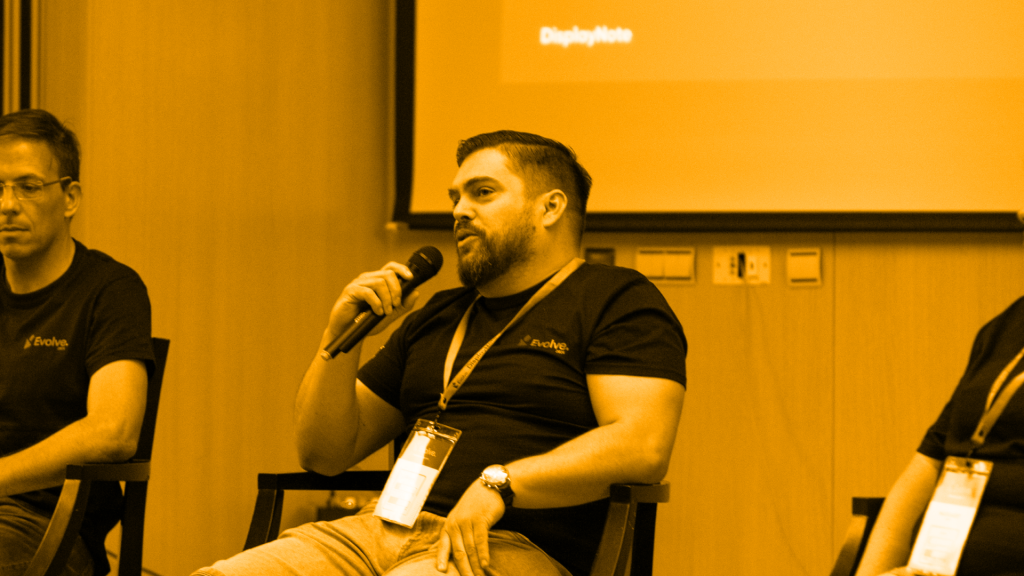
Classroom Collaboration And Engaging Lessons: Teacher’s View
We love hearing how teachers and presenters engage with an audience and make their presentations engaging. As part of its on-going series to discover what makes presentations and lessons engaging for everyone involved, DisplayNote chats with Lesley-Anne Couper, Biology and Science teacher atInverclyde Academy in Scotland to discuss classroom collaboration, active learning and self paced learning.
Tell us, what’s the thinking behind making engaging lessons?
Simply, so that all kids have a chance to get involved, it reduces any discipline issues and can improve attainment.
What’s your approach to making engaging lessons and can you share any examples?
Using a variety of strategies e.g. collaborative learning, role play, illustrative power point, quizzes for consolidation, experiments, incorporating outside interests, for example making music part of a science lesson.
You mentioned that engaging lessons get all kids involved. How do you ensure every child has an active role?
For example in a collaborative learning project, I ensure each student has a role within their respective groups: person 1 – timekeeper, person 2 – chairperson, person 3- writer, person 4 presenter etc I also use the no hand up approach, which goes some way to stopping pupils putting up their hand before they’ve had time to think about a question/solution.
What’s your role in an active learning project?
I introduce the activity, give clear instructions, then I just listen and record their ideas and progress, I have a passive role during the activity
As you know, different students take in information in different ways and at their own pace. How do you cater for this in terms of classroom collaboration?
I have classroom assistant who I utilise appropriately, I mix up the groups with more able and less able, I keep them on track by asking different questions to different levels and give extension work, where appropriate and appoint some students as “teacher” and have them help others. I also employ a traffic light system – green help the ambers and I help the reds
Can you share with us some examples of collaborative learning and engaging lessons?
I have used pair and share and carousel. In introductions and on first day I use getting to know you and use co-operative learning ie each person has a role in the group and they work together as a group against other groups, which adds some competition into the mix. Group experimental work by its nature is collaborative. Another example is having everyone in a group has to stand up until the whole group know the learning intention eg order of the planets. Then the group get to sit down….first group to sit down get to pack up early. That’s a two-fold approach: group work with an added incentive which results in pupils working together to help each other learn the outcome
Do you divide lessons into periods of passive listening and active learning?
Yes during experiments, I give clear instructions then allow kids to get on with the practical work themselves. Give them support and guidance on a one to one basis as I go around the class recording their progress.
Finally, what to you, are the challenges to collaborative learning and engaging lessons?
Scheduling can means it’s difficult to continuously introduce new strategies. You may even have students that refuse to take part in group work. A science lab, in terms of its layout, isn’t great for group work and discussions: we can’t rearrange the seating or temporarily dismantle fixed furniture when we wish.

You may also be interested in our blog post Collaboration in the Classroom: Engaging Lesson Essentials.
Want to stay in the loop?
Keep up-to-date with everything DisplayNote – including new releases, job openings, and customer giveaways.
Don’t worry, we’ll not spam you and we’ll never share your email with anyone






